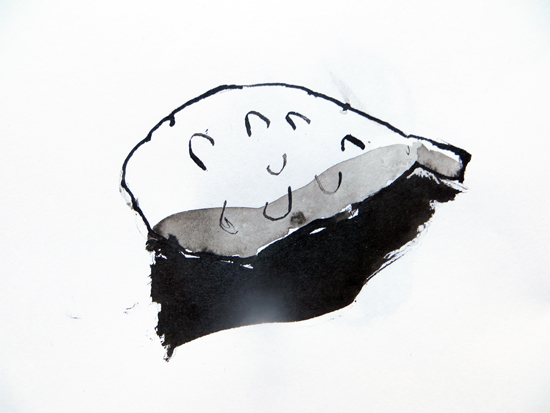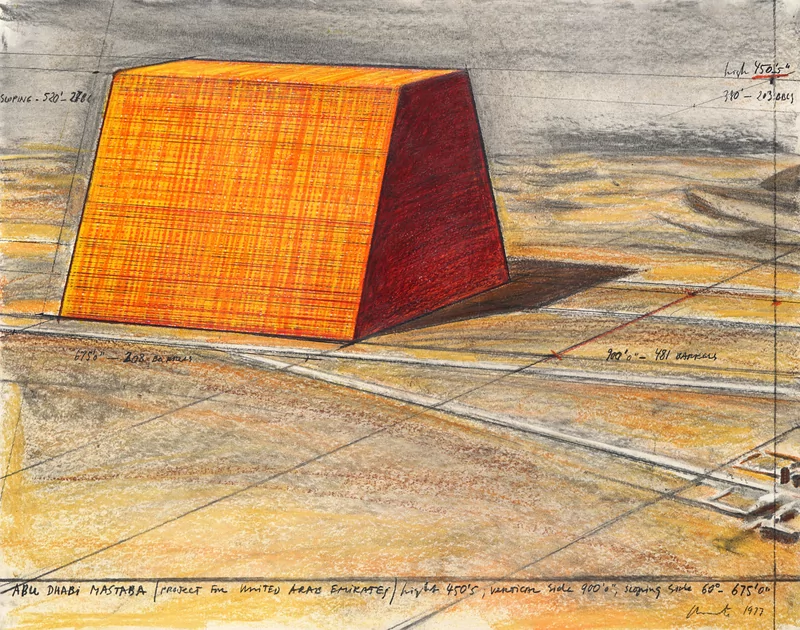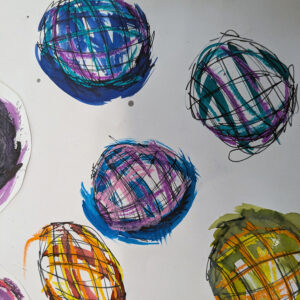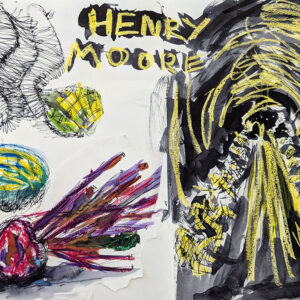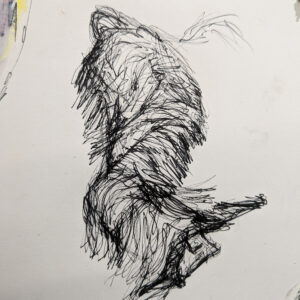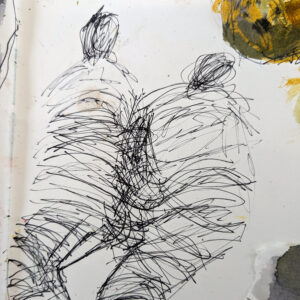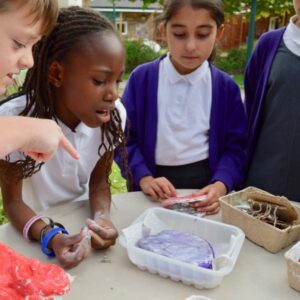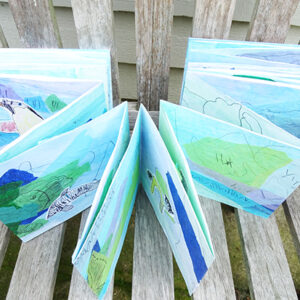Pathway: Exploring Form Through Drawing
Pathway for Years 5 & 6
Disciplines:
Drawing, Sketchbooks
Key Concepts:
-
That we use the word form to describe a three-dimensional shape.
-
That when we draw on two-dimensional surfaces we can use line, mark making, value, shape, colour, pattern and composition to help us create an illusion of form, mass or volume.
-
That contour marks can help to describe volume and form/mass.
-
That we can mix colours and use a range of media to create atmosphere and meaning in drawings.
-
That drawing and sculpture share a close relationship, and can inform each other.
This pathway enables pupils to consider how 2 dimensional drawing can convey a sense of form/mass and volume. By looking at the drawings of Sculptors’ Henry Moore, and Christo and Jeanne-Claude we can explore the ways in which they portrayed an illusion of form and meaning in their drawings.
Pupils will explore a range of mark-making, taking inspiration from artists’ work and will have the opportunity to experiment with a variety of materials.
Medium:
Drawing materials, Loose sheets of paper varying in size, shape and quality.
Artists: Henry Moore, Christo and Jeanne-Claude
If you use this resource in your setting, please tag us on social media: #InspiredBy @accessart (facebook, twitter) @accessart.org.uk (instagram) and share the url. Thank you!
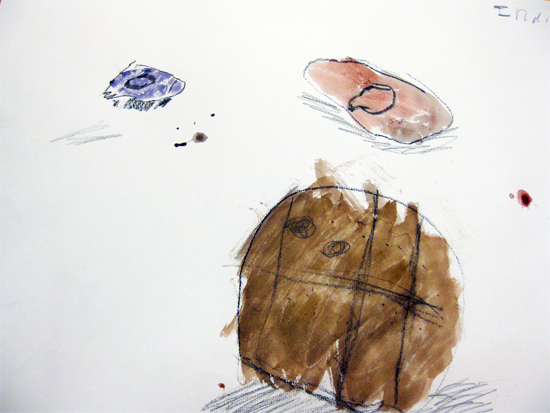
Additional Pathway
This pathway is an additional pathway to help you extend, develop or further personalise the AccessArt Primary Art Curriculum.
We suggest this pathway is used to replace a “Drawing and Sketchbooks” (Orange) Pathway “Typography and Maps” (Years 5 & 6) or “2D Drawing to 3D Making” (Years 5 & 6).
You may also like to use the activities in this pathway with a smaller group of children in an after school club or community context.
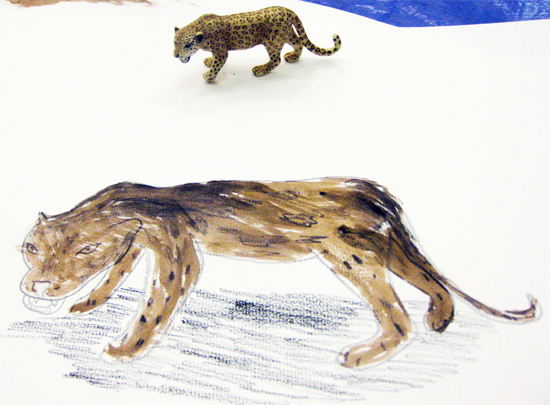

Teaching Notes
Find the MTP for this pathway here.
Curriculum Links
Maths: 2D and 3D shapes, weight, symmetry, angles, mass, volume
Science: Properties of objects, shadows, rocks
PSHE: Collaboration, Peer Discussion
I Can…
-
I can describe the difference between shape (2d) and form (3d).
-
I can explore how artists use their skills to make drawings which capture form.
-
I can use my sketchbook to record and reflect, collecting the ideas and approaches I like which I see other artists use.
-
I can use line, mark making, tonal values, colour, shape and/or composition to give my drawings a feeling of form.
-
I can share my work with others, and talk about my intention and the outcome. I can listen to their response and take their feedback on board.
-
I can appreciate the work of my classmates. I can listen to their intentions and share my response to their work.



 Invite pupils to create simple drawings of lego blocks on sheets of paper, considering angle and perspective. Use the “
Invite pupils to create simple drawings of lego blocks on sheets of paper, considering angle and perspective. Use the “